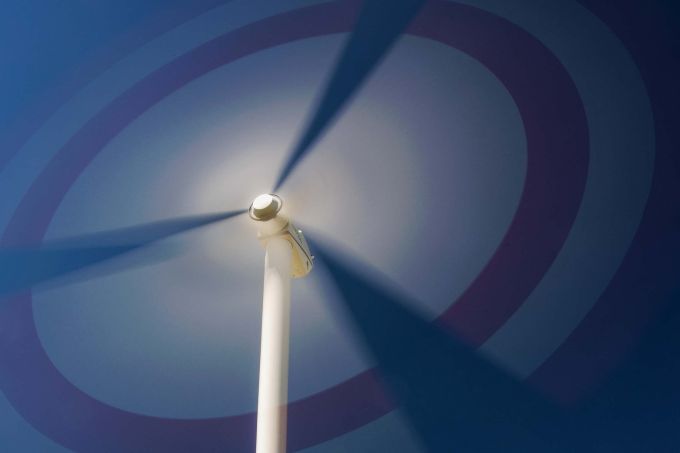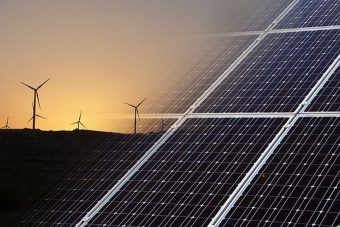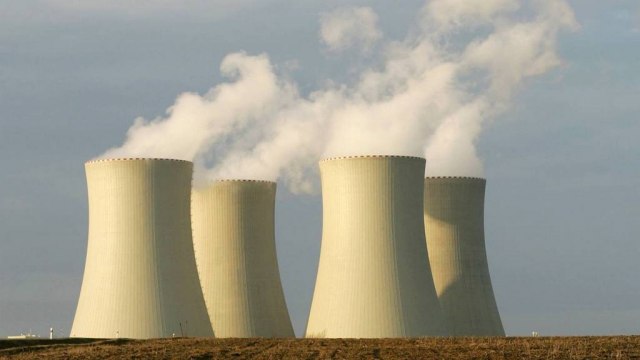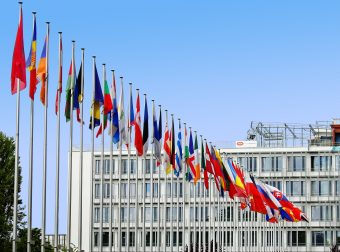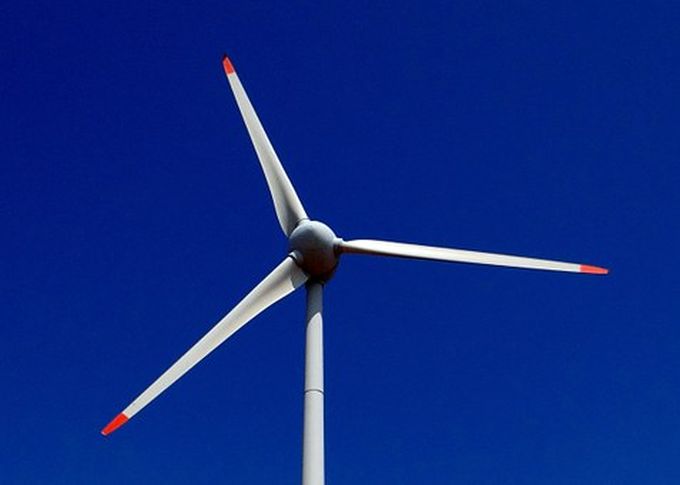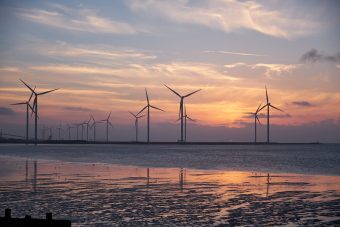 The China International Centre for Economic and Technical Exchanges (CICETE) will fund a new project to strengthen the global innovation network on inclusive and sustainable industrial development, which is the mandate of the United Nations Industrial Development Organization (UNIDO).
The China International Centre for Economic and Technical Exchanges (CICETE) will fund a new project to strengthen the global innovation network on inclusive and sustainable industrial development, which is the mandate of the United Nations Industrial Development Organization (UNIDO).
An agreement on this was signed today by UNIDO’s Director General LI Yong and the Party Secretary and President of the Academic Council of Shanghai Academy of Social Sciences, YU Xinhui.
The project will establish a Global Science and Technology Innovation Centre at the Shanghai Academy of Social Sciences as a knowledge base for bringing in best practices and new technologies to Chinese industries, as well as to industries in other developing countries in the region and beyond.
The initiative will be an important component of UNIDO’s Country Programme for China 2016-2020, which features “helping China’s international cooperation” as one of the three key components, along with green industry and food safety. It also aims to make an effective contribution to China’s One Belt, One Road Initiative.
Source: unido.org


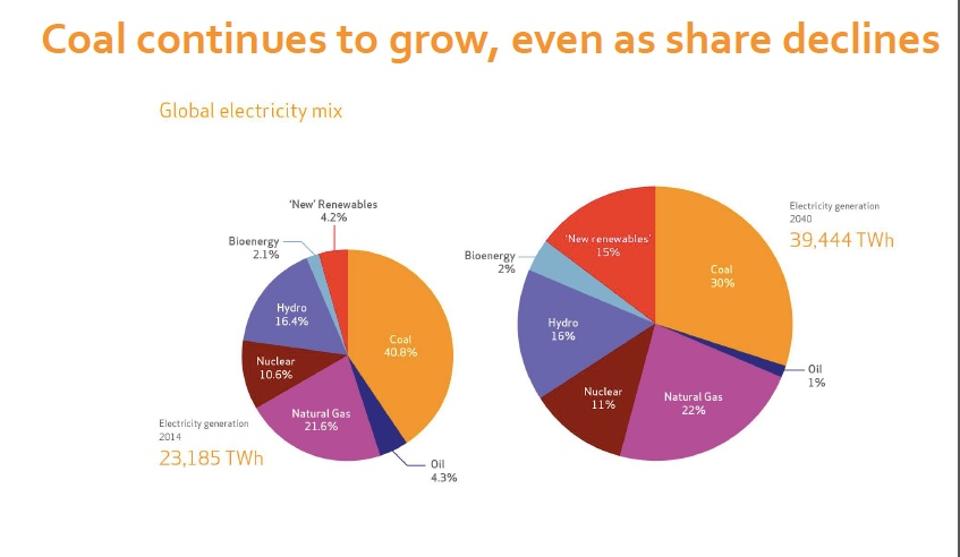
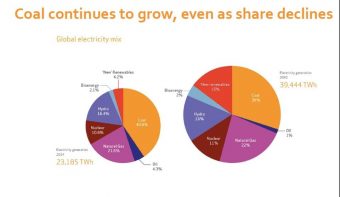 Coal is not clean. But that does not mean that it could not be made cleaner. And that’s relevant because much of the developing world will remain dependent on coal, as will most developed nations to a lesser degree. At issue then is whether carbon capture and storage is technically possible and if so, at what cost.
Coal is not clean. But that does not mean that it could not be made cleaner. And that’s relevant because much of the developing world will remain dependent on coal, as will most developed nations to a lesser degree. At issue then is whether carbon capture and storage is technically possible and if so, at what cost.









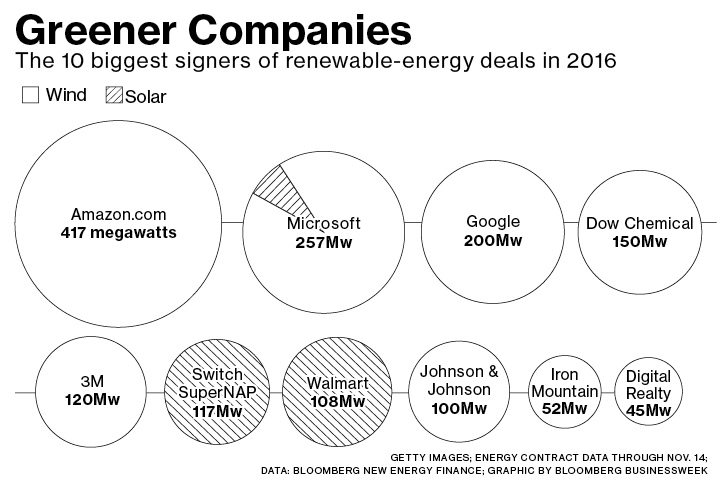
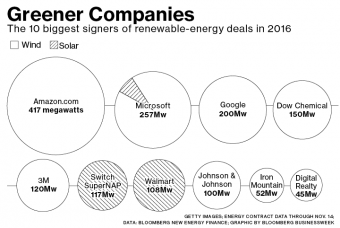 On Nov. 4, Walmart announced an aggressive plan to increase its investments in renewable energy, pledging to power half its operations from wind, solar, and other renewables by 2025 and to cut the carbon footprint of its operations by 18 percent over the same period. Ten days later, Microsoft made its largest wind-power purchase agreement ever, with a deal to buy 237 megawatts of electricity from turbines in Kansas and Wyoming to run data centers in Cheyenne.
On Nov. 4, Walmart announced an aggressive plan to increase its investments in renewable energy, pledging to power half its operations from wind, solar, and other renewables by 2025 and to cut the carbon footprint of its operations by 18 percent over the same period. Ten days later, Microsoft made its largest wind-power purchase agreement ever, with a deal to buy 237 megawatts of electricity from turbines in Kansas and Wyoming to run data centers in Cheyenne.

